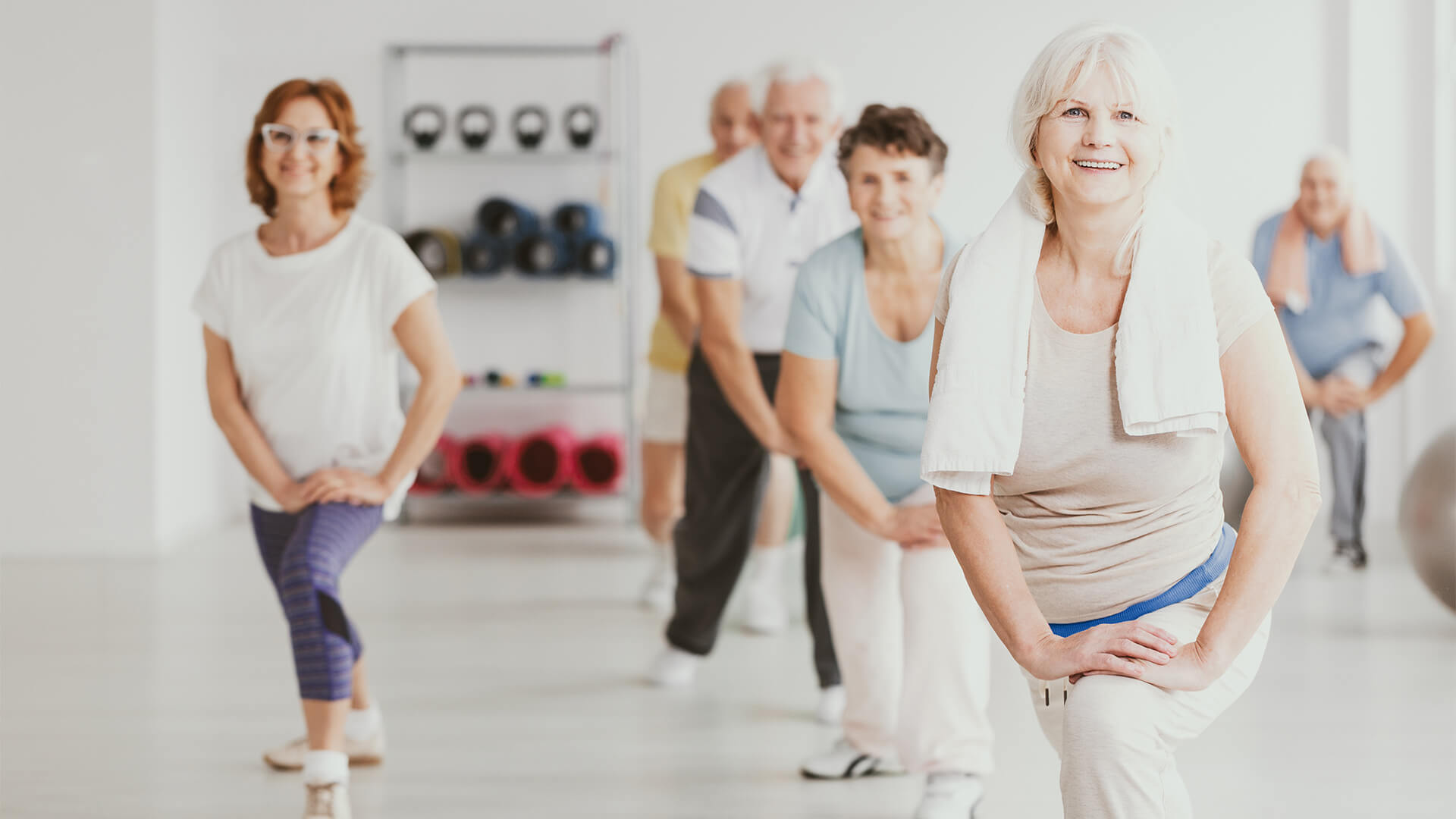
Regardless of your age, joint pain can be an issue which impacts your daily activities. Whether you’re playing sports or working out, your weight-bearing joints: knees, ankles, shoulders, elbows, and wrists, can become stiff or dislocated. Healthy joints can help you to stay mobile as you age, but regardless of how old you are, it’s time to start taking care of your joints so you can enjoy life to the fullest.
The great news is that with adequate care and the correct training principles, you can avoid any joint injuries and relieve pain from painful conditions such as arthritis. Fitness expert at Goodnick, Emma Goodman-Horne has shared 7 ways to keep your joints healthy.
1) Focus on your nutrition
Reducing inflammation is a key part of keeping arthritis symptoms under control and improving overall joint health. An anti-inflammatory diet involves avoiding foods which increase inflammation, such as red meat and including the ones that decrease levels, such as salmon. Diets that have more alkaline are known to improve your energy levels, opt for foods such as berries, apples, and ginger. A diet which is low in saturated fat and processed foods can also be beneficial to your joints, think whole grains, and nuts.
2) Cold water therapy
Cold showers are a simple way to stay healthy as they offer a range of benefits. You can have it cold enough so it’s not uncomfortable or even save a burst of cold water for the last minute. Cold showers veer off hypertension, varicose veins and hardened arteries as well as increasing the overall performance of the circulatory system. Warm water opens your pores, whereas cold tightens them. If you suffer joint aches and sore muscles, cold water therapy is key for pain relief.
3) Wear the right shoes
Regardless of the activity you are doing, shoes should provide you with stability and cushioning. The arches of your feet are either high, normal, or non-existent – and finding out your foot strike pattern, either overpronation, under pronation or neutral is key to find the right shoe. Consult a podiatrist to analyse your pattern and find the perfect fit for you.
4) Keep moving
Staying active is vital to reduce stiffness in your joints. Try to move around as often as you can during the day and avoid sitting in one position for too long. Low impact exercises such as swimming or strength training helps your joints stay mobile. Always take any form of exercise slowly, and warm up adequality.
5) Have a correct posture
Poor posture can lead to tightened muscles, and eventually long-term back pain. The vertebral discs have poor nutritional blood supply when your body is static. By getting up and moving around each hour, you can combat any impact and reduce spinal pain. Make sure you maintain angles of 90 degrees if you are sitting as this will be beneficial for your elbows, hips and knees. Having a chair with low back support is great, or alternatively you can prop up a pillow or bath towel and place it behind your low back.
6) Try low-impact exercises
The benefits of regular exercise can be achieved with low-impact exercises. This type of workout is gentle and minimises the stress it puts on joints during high-intensity workouts. You can try stationary or recumbent bicycles to keep active whilst protecting your joints. Programmes such as Goodnick will help you stay on a consistent exercise plan tailor made to suit your level of pace and impact desired.
7) Listen to your body
Your body knows best – when it’s time to stop a certain movement make sure you listen. Sometimes, over doing it can make all the difference between a performance improvement and a dislocated joint. If you feel any pain during exercise or sport, it’s vital to stop and rest. If the problem is ongoing, consult a doctor to check for any permanent damage as this can lead to long term joint issues.



















